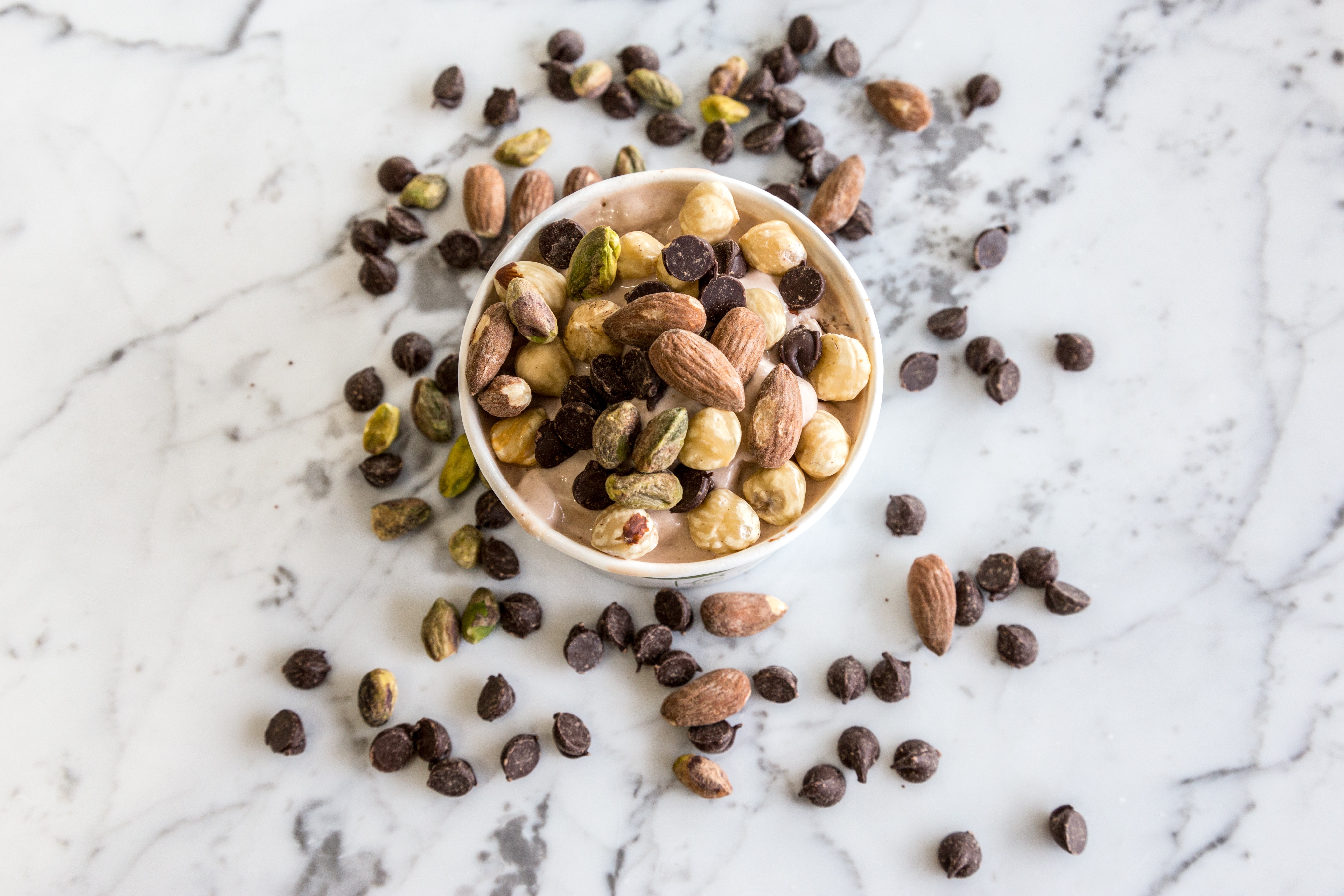15 Jul


Bodybuilding Diet: What You Can Eat
Let's say right away that there is no universal bodybuilding diet, precisely because goals are individual and the athlete's physique is always different, so the diet varies on a case-by-case basis. However, certain basic physiological principles apply to everyone.

What Is Bodybuilding?
Body-building - we wrote it detached on purpose - is building a well-toned physique, which is a different goal from other disciplines focused on other pursuits. It is an aesthetic and natural result that focuses on physical and mental well-being.
In traditional bodybuilding, there are two main phases: a mass phase, where the focus is on muscle growth, and a definition phase, where the elimination of fat is sought instead, spread out over a time frame of 12 to 24 weeks, and each has different exercises and diets.
Nutrition In The Different Phases Of Bodybuilding
The primary goal is to build muscle in the first phase and eliminate fat in the second, which means that your body will consume more calories in the first and consume fewer in the second.
To determine your ideal calorie intake, check your weight three times per week. Find the number of calories that keeps you at a stable weight with a standard bodybuilding diet focused on lean meats, eggs, legumes, and fruits and vegetables. Then, add 15 percent more calories in the mass phase, and remove 15 percent in the definition phase.
This value will need to be monitored to adjust your calorie intake according to your current training and weight, as it will vary over time.
Recommended Food Groups
Once you have established your calories, you can determine - possibly with a sports nutritionist - the ratio of protein, carbohydrates, and fats that you need to consume during your training phases. There are precise tables for each food, but remember that roughly, protein and carbohydrates contain 4 calories per gram, while fat contains 9 calories per gram.
Typically, the recommended macronutrient ratio is as follows:
- 30-35% of calories from protein
- 55-60% of calories from carbohydrates
- 15-20% of calories from fats
This calculation base should be modified to optimize it according to the person's training phase and metabolism, possibly with a professional, to keep it balanced and healthy (as well as varied).
The Best Foods For Bodybuilding
First of all, it must be said that this list is very general and that in any case, during the two training phases, it is not so much the individual foods that change, but the quantities, especially to be balanced with body mass.
Meats - Prefer white meats (especially poultry and fish) to red meats, but a balanced diet should include both.
Dairy products - Yogurt, low-fat milk and diet cheese are preferable.
Cereals - Bread, preferably whole grain, crackers and whole grain galettes, rice, cereals, and quinoa.
Fruit - Virtually all fruits are suitable.
Starchy vegetables - Aim for peas, potatoes, corn and cassava.
Vegetables - Most vegetables are perfect, both raw (salad of every kind, tomatoes, cucumbers, peppers) and cooked (green beans, zucchini, spinach, and broccoli)..
Legumes - Beans, lentils, and chickpeas are your friends.
Seeds and nuts - Concentrate on walnuts and almonds. Seeds like from sunflower, flax, and chia are great choices.
Oils - Choose olive, flaxseed, or avocado oil if possible.

Foods To Reduce During Bodybuilding
Reducing does not mean eliminating: our goal is to acquire good physical fitness, not to do penance: therefore, for our mental and physical well-being, it is crucial to create a dietary regimen that also involves breaking the rules. Thus, just as in traditional diets, a small quantity of "forbidden" food has a rewarding significance for the results achieved.
Alcohol in general - Beer, wine, and hard liquor should be limited as much as possible.
Foods rich in sugar - Sugar offers many calories but few nutrients, so best to avoid candy, cookies, cakes, ice cream, and sugary drinks (better to use honey for sweetening).
Fried/fatty foods - Best to avoid certain types of cooking that tend to exceed the amount of fat, such as fried foods and sauces. Better to favor more natural and healthy cooking such as grilling and baking.
